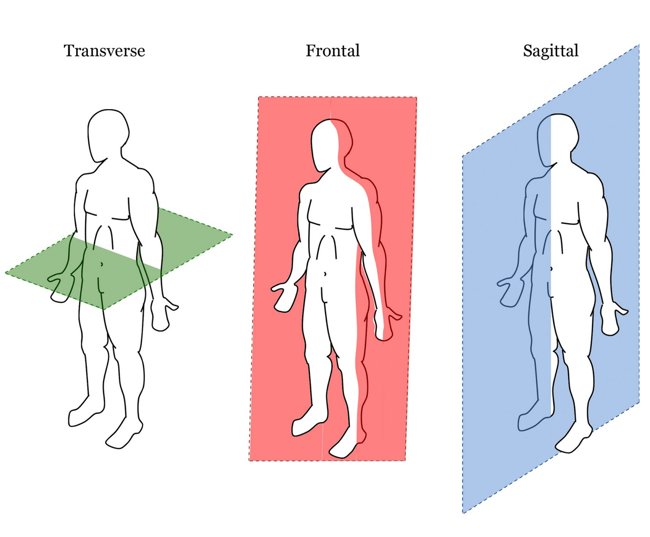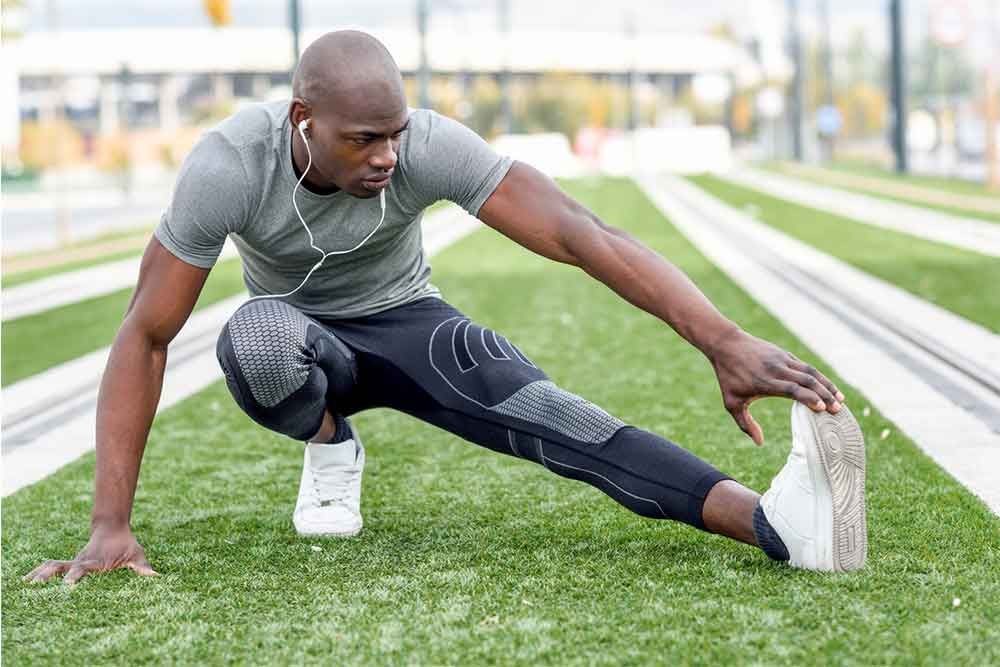Rib Fractures
Rib fractures are often caused by trauma to the chest region. Due to the structure of the ribs (long thin bones), they are prone to breaking because of direct trauma or repetitive trauma. Some common causes include a fall, motor vehicle accident, coughing, some sports or an assault. Symptoms of a rib fracture include pain with deep breathing, coughing or with touch. Rib fractures can occur at any age; however, the elderly are at higher risk due to the decrease in bone density. Often rib fractures or the trauma endured can lead to other illnesses or injuries such as pneumonia, bruising of the lungs, pneumothorax, and a collapsed lung.
Treatment of patients with rib fractures may include a team of professionals such as a pain specialist, surgeon, and physical therapist. Depending on the risk of complications, some patients may be hospitalised or require surgery. Symptoms can also be managed with anti-inflammatory drugs, however the key to successful treatment of rib fractures is physical therapy. This would generally begin with controlled breathing exercises; this ensures the lungs are being fully inflated and reduces the risk of developing pneumonia. Studies have shown thoracic stretching and mobility exercises, breathing exercises, have a positive impact on patients who have sustained chest injuries, specifically regarding chest wall expansion and physical function. Rib fracture treatment is considered complete once the patient can breathe and cough normally without discomfort, walk and complete activities of daily living with no aggravation. This can take up to 3 months to fully heal depending on the severity of the fracture.
An Exercise Physiologist can assist with putting together an individualised exercise programme including breathing exercises, thoracic mobility and stretching as well as progressing to more functional exercises to get you back to your regular daily activities.

Katie Lintott
Accredited Exercise Physiologist (AEP) (ESSAM)
References
Baiu, I., & Spain, D. (2019). Rib Fractures. Jama , 321 (18), 1836-1836.
Julie A. Ekstrum, Lisa L. Black & Karen A. Paschal (2009) Effects of a Thoracic Mobility and Respiratory Exercise Program on Pulmonary Function and Functional Capacity in Older Adults, Physical & Occupational Therapy In Geriatrics, 27:4, 310-327, DOI: 10.1080/02703180902803895




